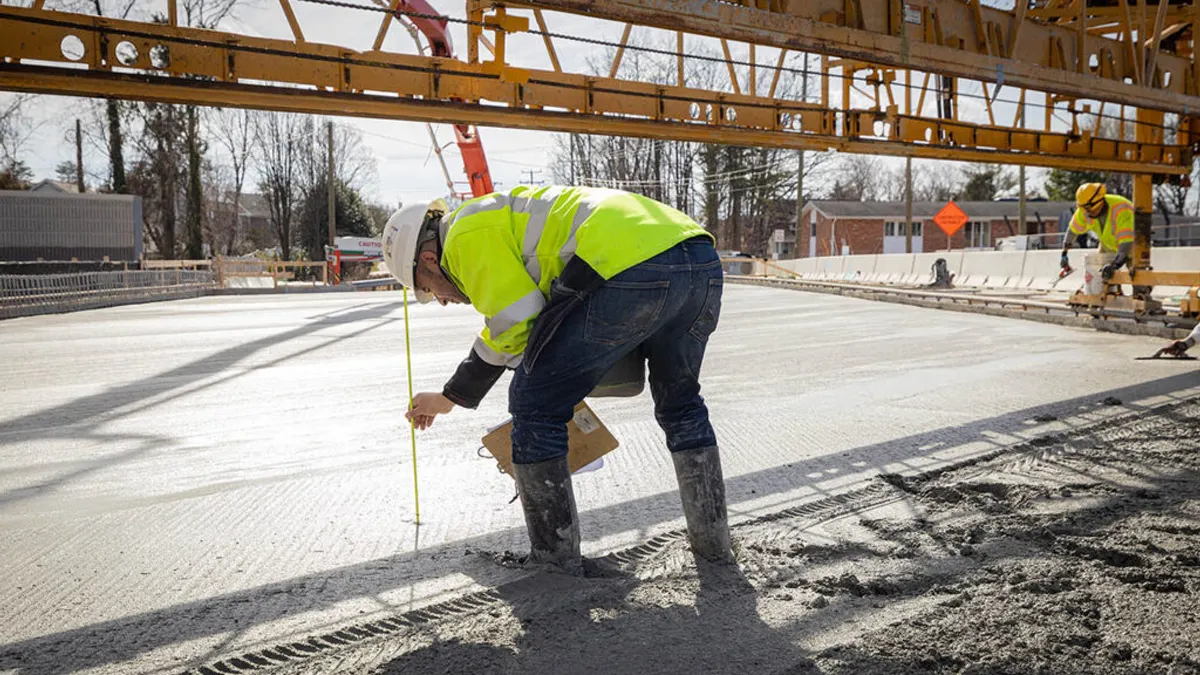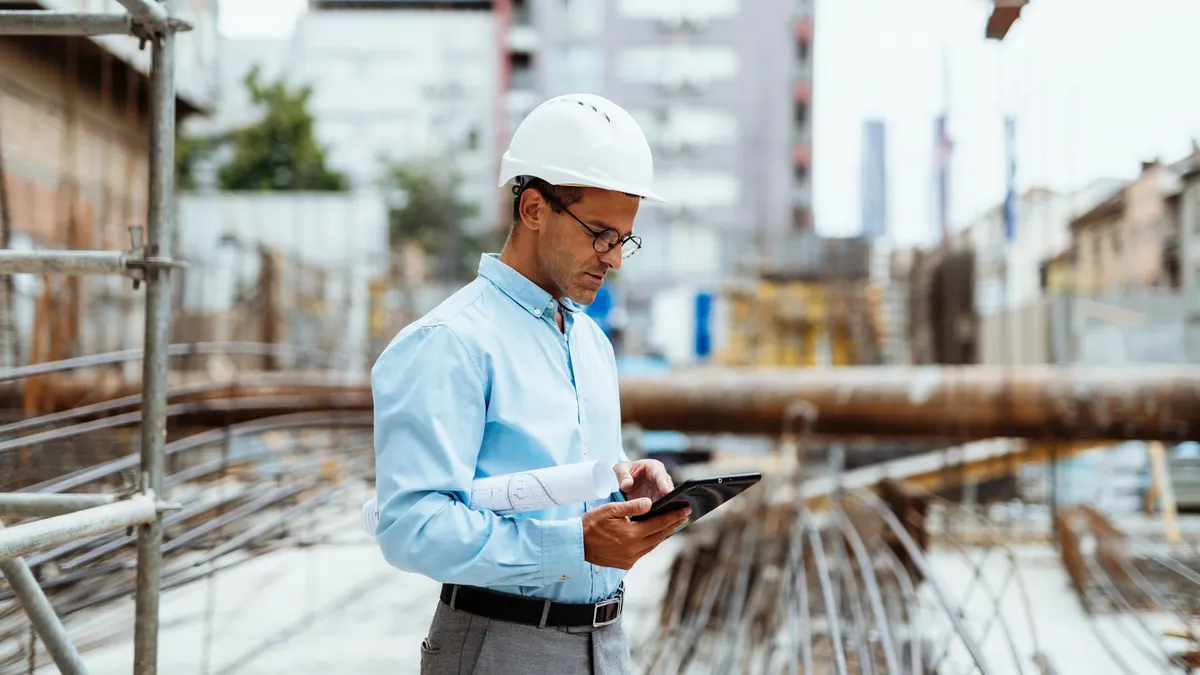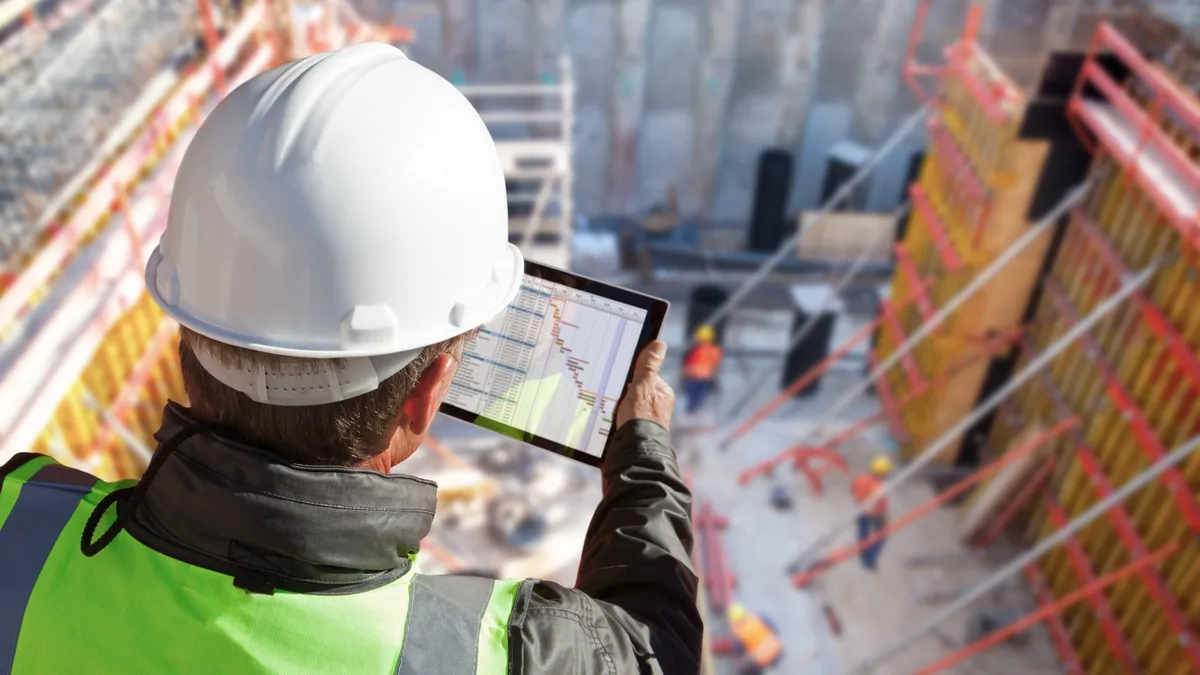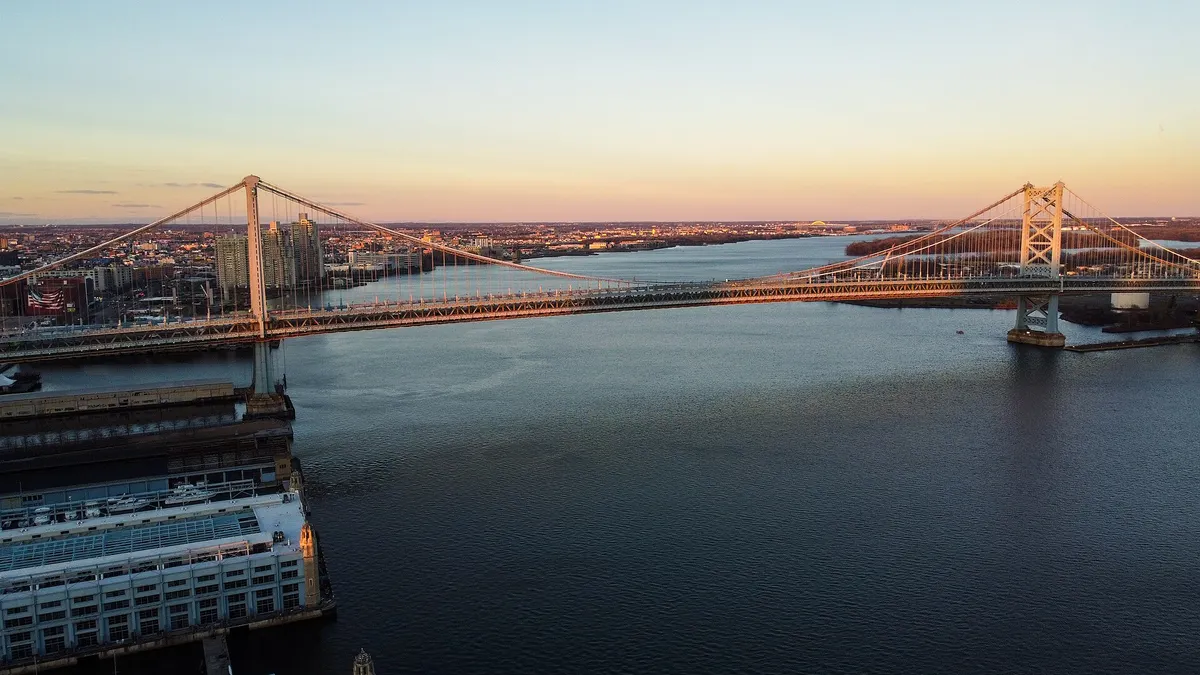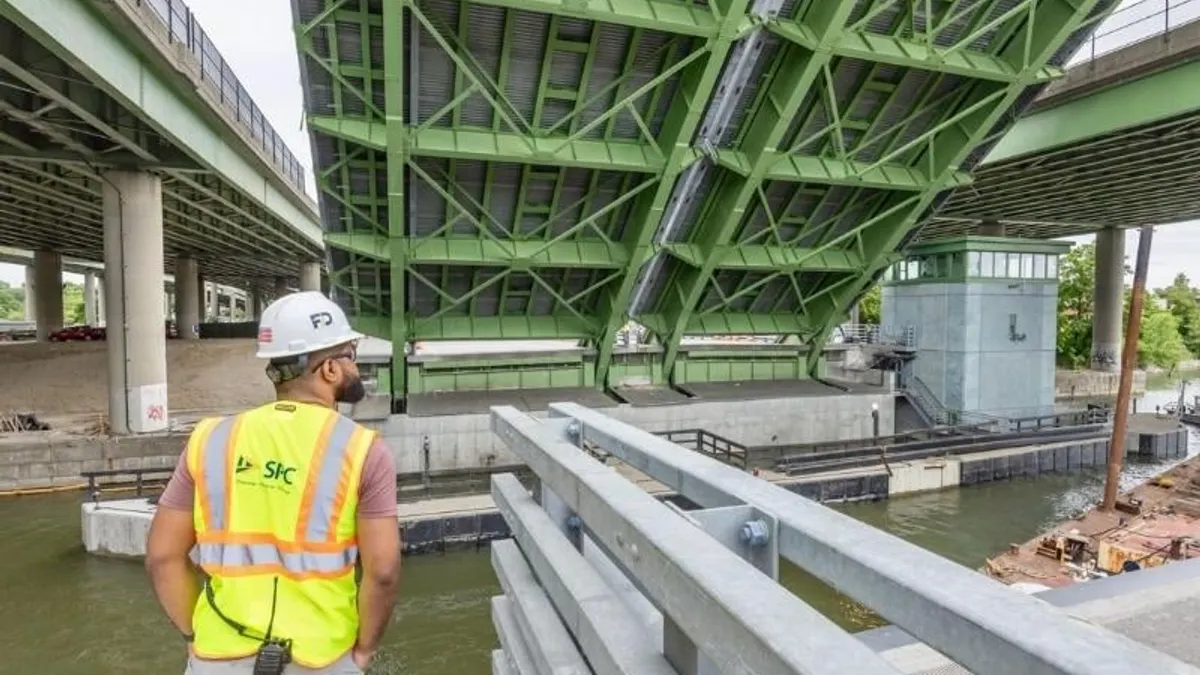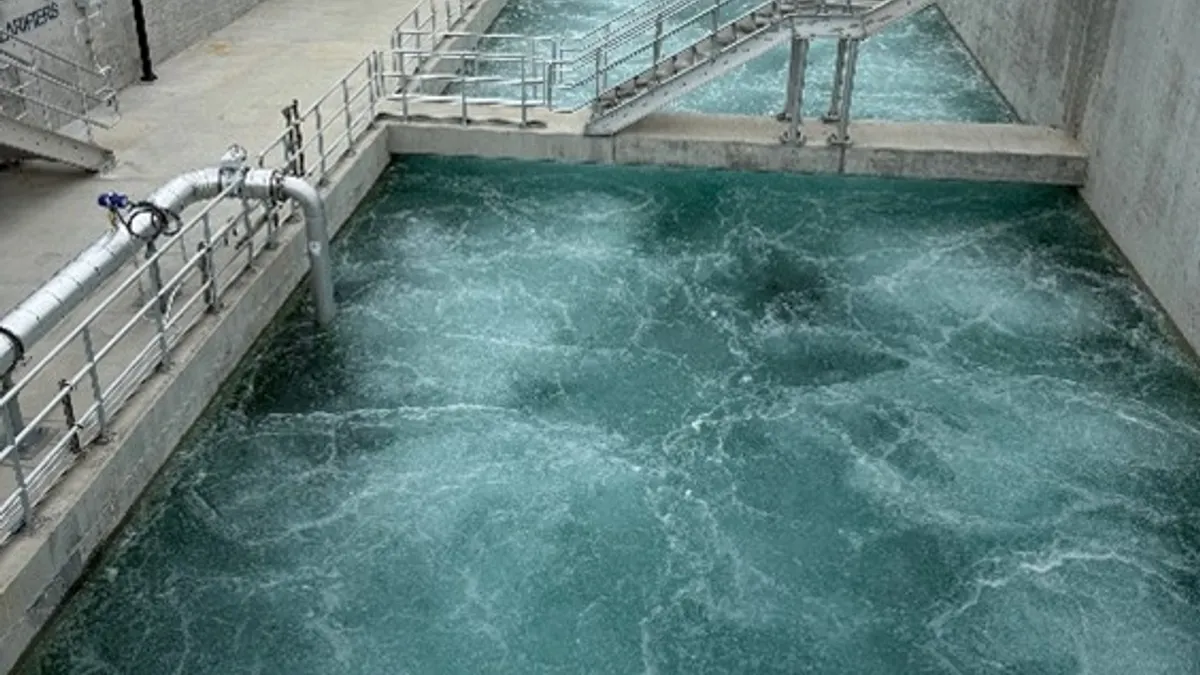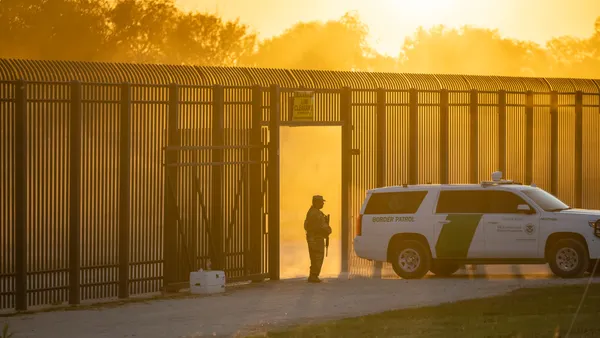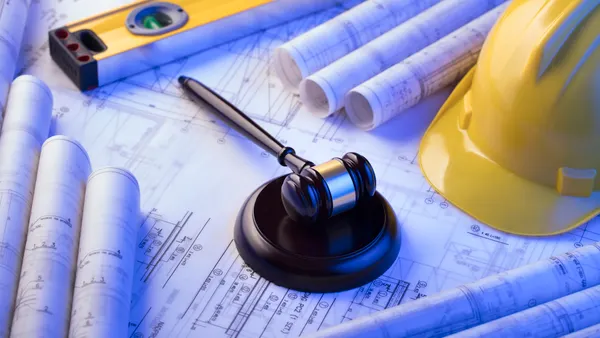From the construction sites of the I-66 corridor in Virginia to the New Terminal One at JFK Airport in New York City, Ferrovial sees risk management and digital innovation as the bedrock for getting the jobs done on time and on budget.
The Amsterdam-headquartered civil engineering company has steadily grown its U.S. footprint over the years, taking on a variety of complex infrastructure work. The firm recorded substantial revenue increases in all business divisions for the first nine months of 2025 and highlighted its work on U.S. highways in a recent earnings report.
Much of that success comes from tackling risk early, said Ignacio Gastón, CEO at Ferrovial Construction, the firm’s building division. That will matter even more going forward due to industrywide issues such as labor shortages and economic volatility.
Here, Gastón talks with Construction Dive about the balance of long-term investments and short-term risks, collaboration among project partners and construction technology.
The following has been edited for brevity and clarity.
CONSTRUCTION DIVE: How does Ferrovial balance long-term investments with short-term risks such as inflation, funding and other concerns?
IGNACIO GASTÓN: Ferrovial’s integrated business model enables us to take a forward-looking view while navigating short-term market dynamics. Our assets are anchored in high-growth metropolitan areas, where pricing power often outpaces inflation, providing resilience even in volatile economic conditions.
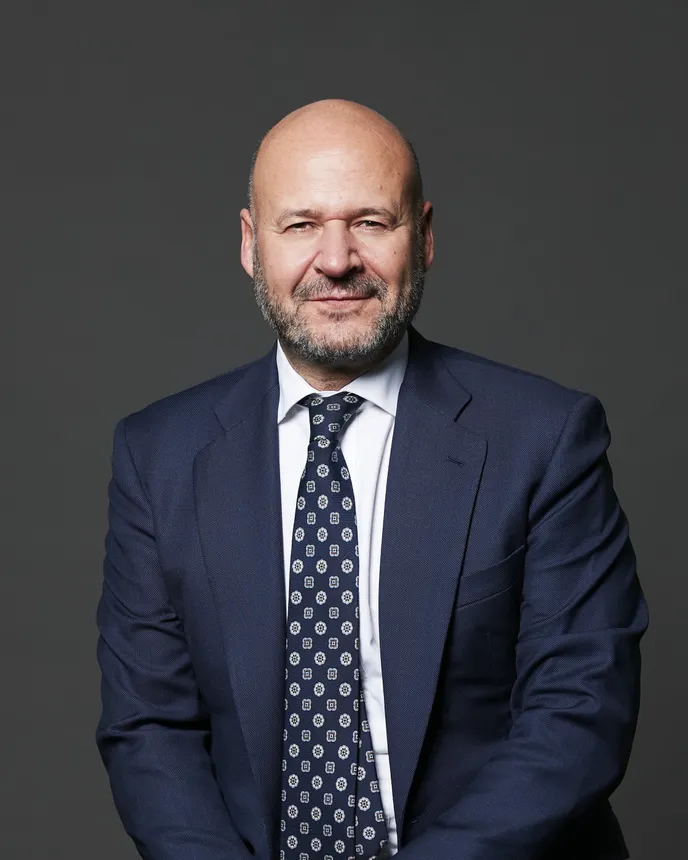
By combining expertise across financing, construction and operations, we deliver projects that generate stable revenue and strong margins. Our I-66 project in Virginia is a clear example. We upgraded 22.5 miles of highway with express lanes while balancing short-term market pressures and long-term planning, completing a vital corridor on time and on budget.
This approach allows us to invest confidently in infrastructure that supports growing local economies and enhances mobility, from highways and airports to energy and water systems.
How do you decide which risks to take on and which to share with partners on major projects?
On complex infrastructure projects, we collaborate with partners, subcontractors and technology providers. Our risk management strategy is deliberate and tailored to each project.
Risk is allocated to the party that is better suited to mitigate the risk. Contractual structures, such as joint ventures, public-private partnerships and design-build contracts, include detailed risk allocation clauses to formalize who bears what risk.
We also leverage technology to automate operational risk management across hundreds of projects. This digital approach helps us continuously assess and adjust risk-sharing strategies as projects evolve, including real-time document synchronization between platforms to reduce information gaps and AI-powered monitoring to proactively flag risks and ensure consistent data flow across stakeholders.
How do you prepare for political or regulatory changes that impact infrastructure pipelines?
With 20 years of experience operating in the U.S., we’re well-prepared to respond to policy and regulatory shifts. Our diverse pipeline of projects, including waterworks and large-scale solar projects, show how we align with changing priorities and still support reliable growth.
We also stay closely engaged with local, state and federal partners to anticipate new requirements and keep projects on track. This is especially important now, with news of expanded Transportation Infrastructure Finance and Innovation Act loans and streamlined permitting processes accelerating project timelines.
How do you manage risk when adopting new construction tech?
We manage risk when adopting new construction technologies via a controlled and measurable process.
Before implementation, we define the business case and expected value and pilot each solution in a limited, low-impact scope. Cross-functional collaboration between departments ensures alignment with project goals and data standards.
Throughout deployment, we monitor performance through measurable KPIs and feedback loops, addressing both technical and human factors through governance and training. This structured, data-driven approach allows us to scale innovations confidently while minimizing operational and financial risk.
Any other trends you think are important to highlight?
We engage with our stakeholders beginning as early as the procurement, preconstruction and design phases. We work closely with owners to identify risks and develop documents that are the foundation for a successful process before construction begins.
One of the biggest shifts is that infrastructure itself is becoming smarter and more resilient by using AI and digital tools to reduce uncertainty and improve outcomes.
We’re incorporating applications in predictive maintenance, real-time site monitoring, schedule optimization and even price forecasting, into our own workflows, all of which are critical in today’s environment. These technologies not only lower risk but also unlock more value for communities and investors, making infrastructure a stable asset class that improves long-term project outcomes.



